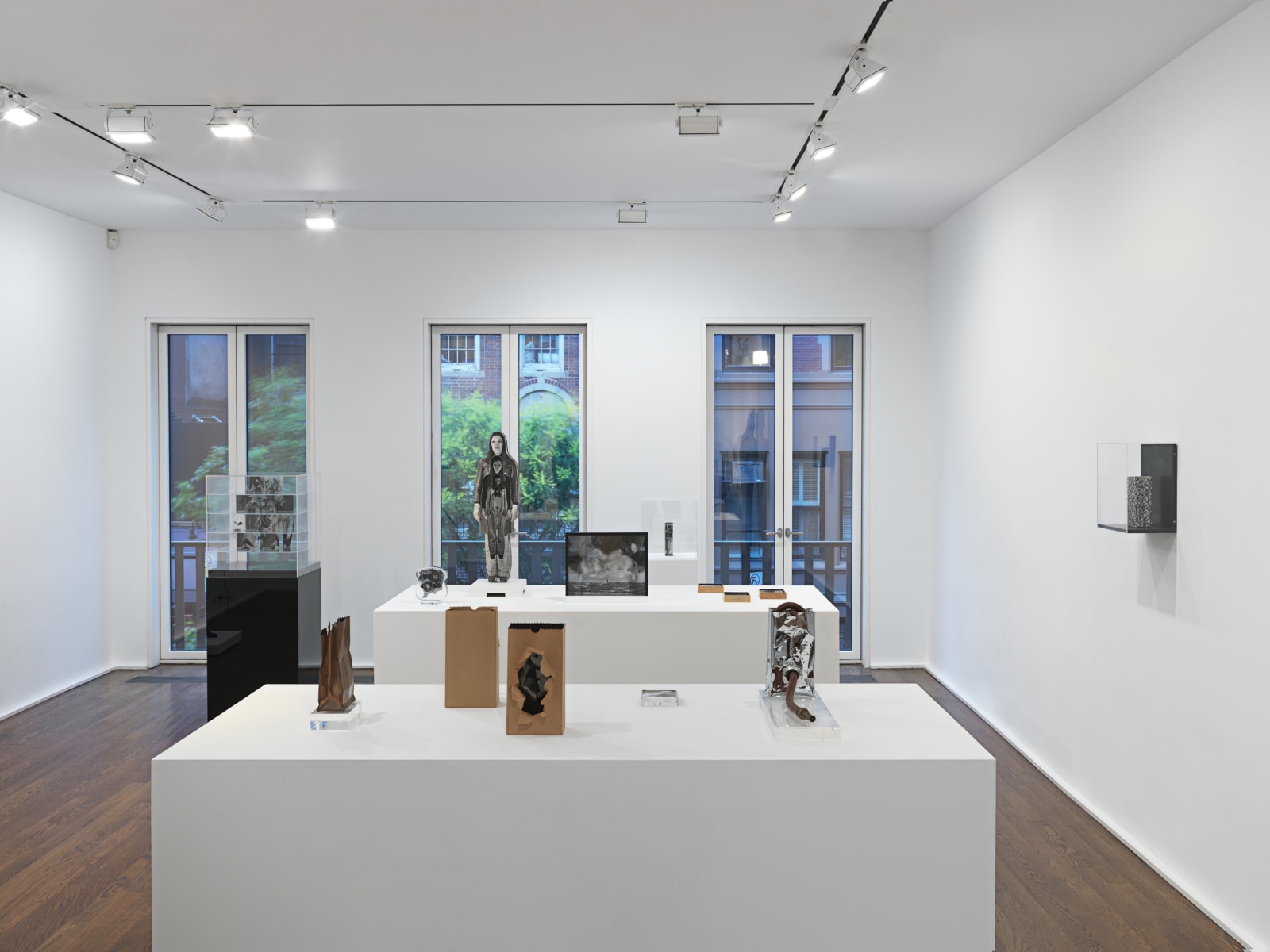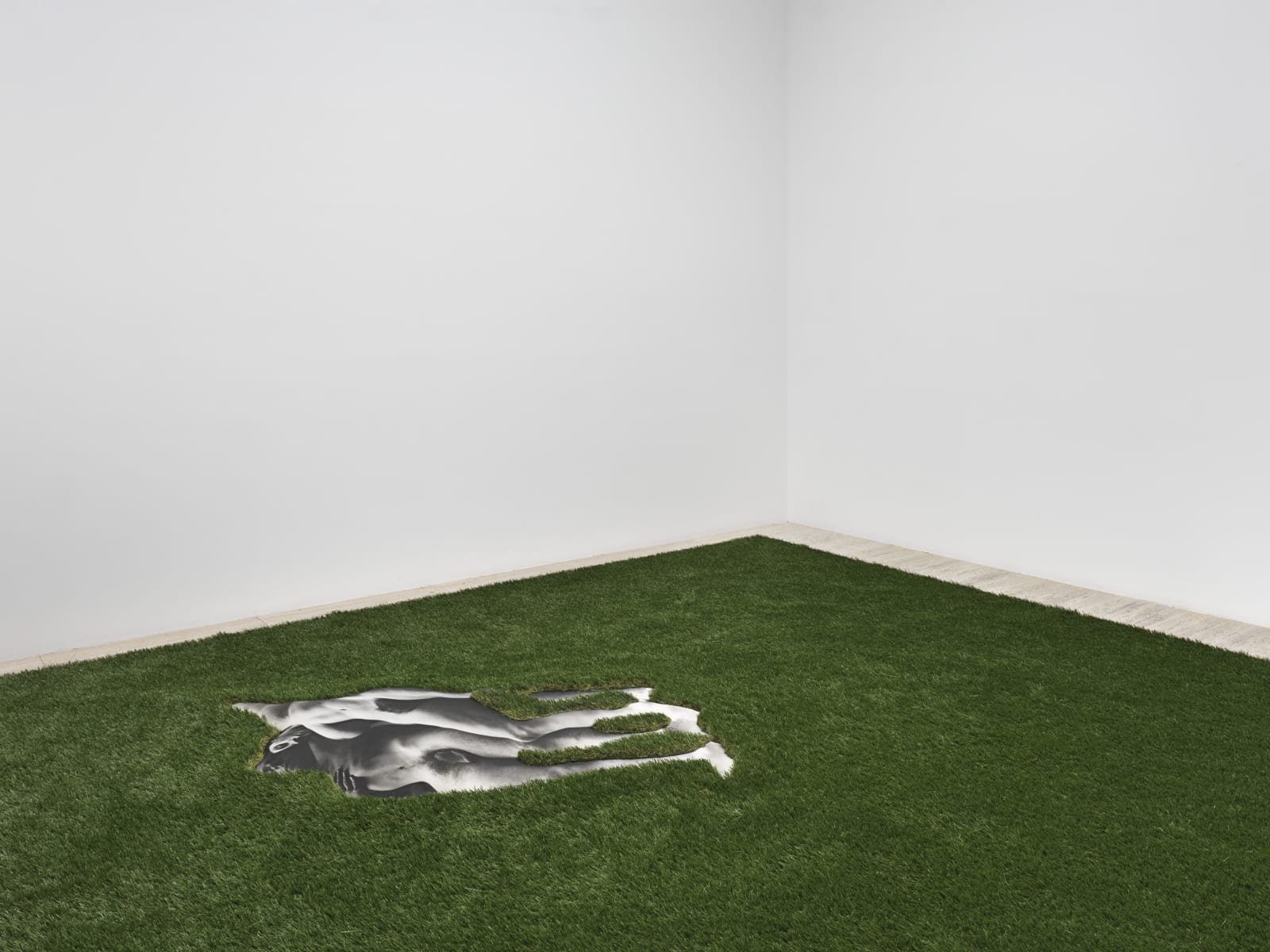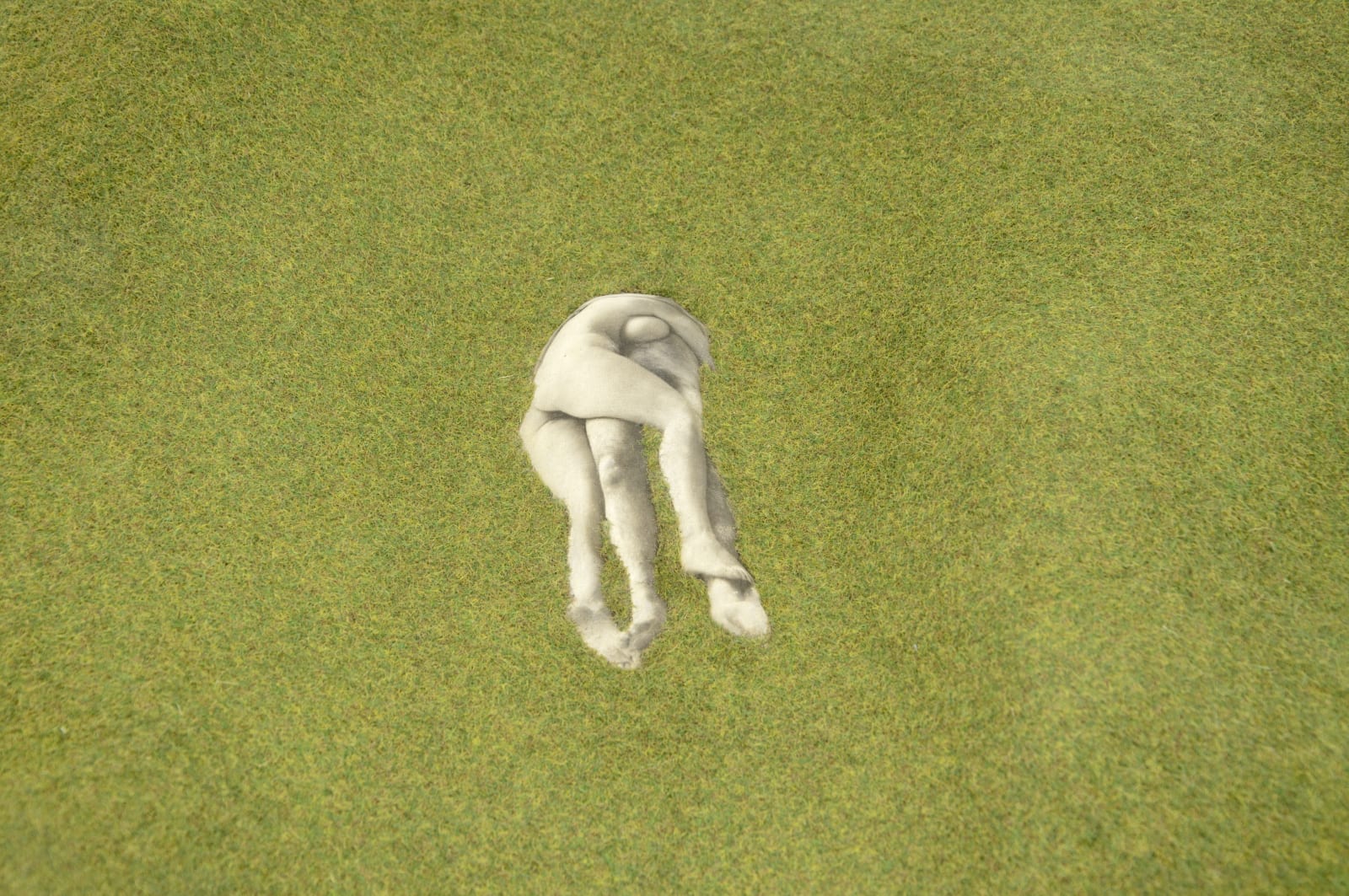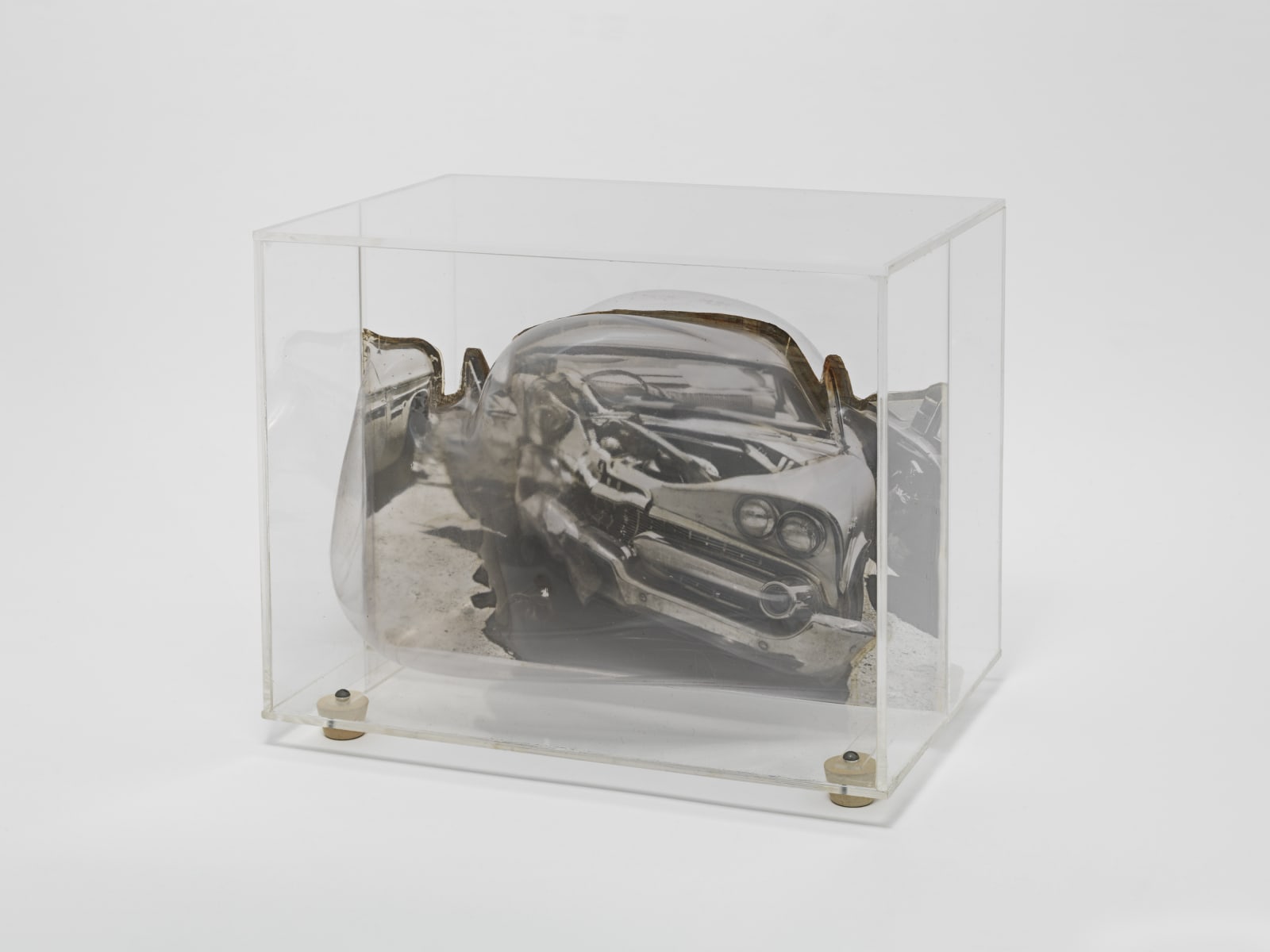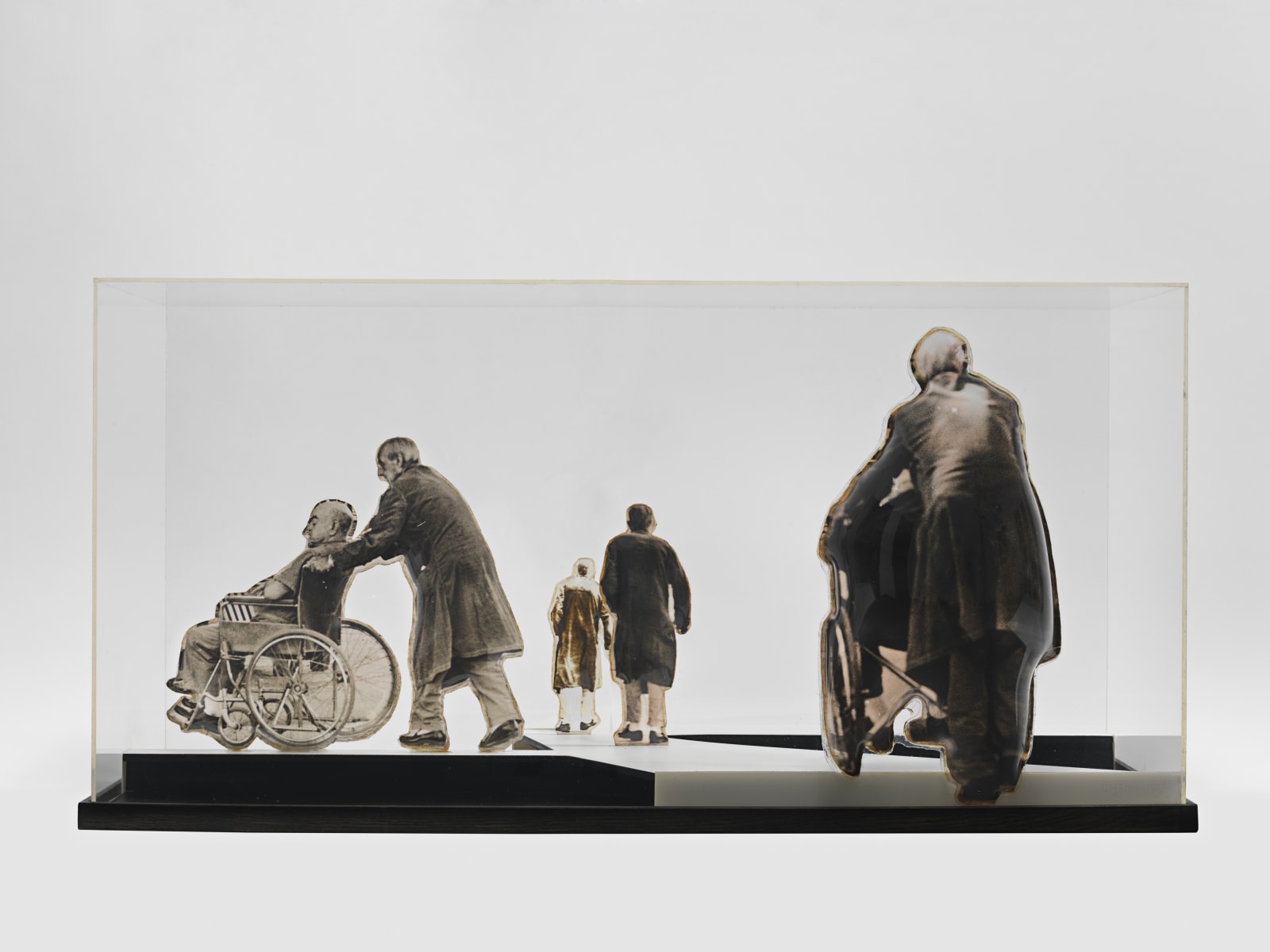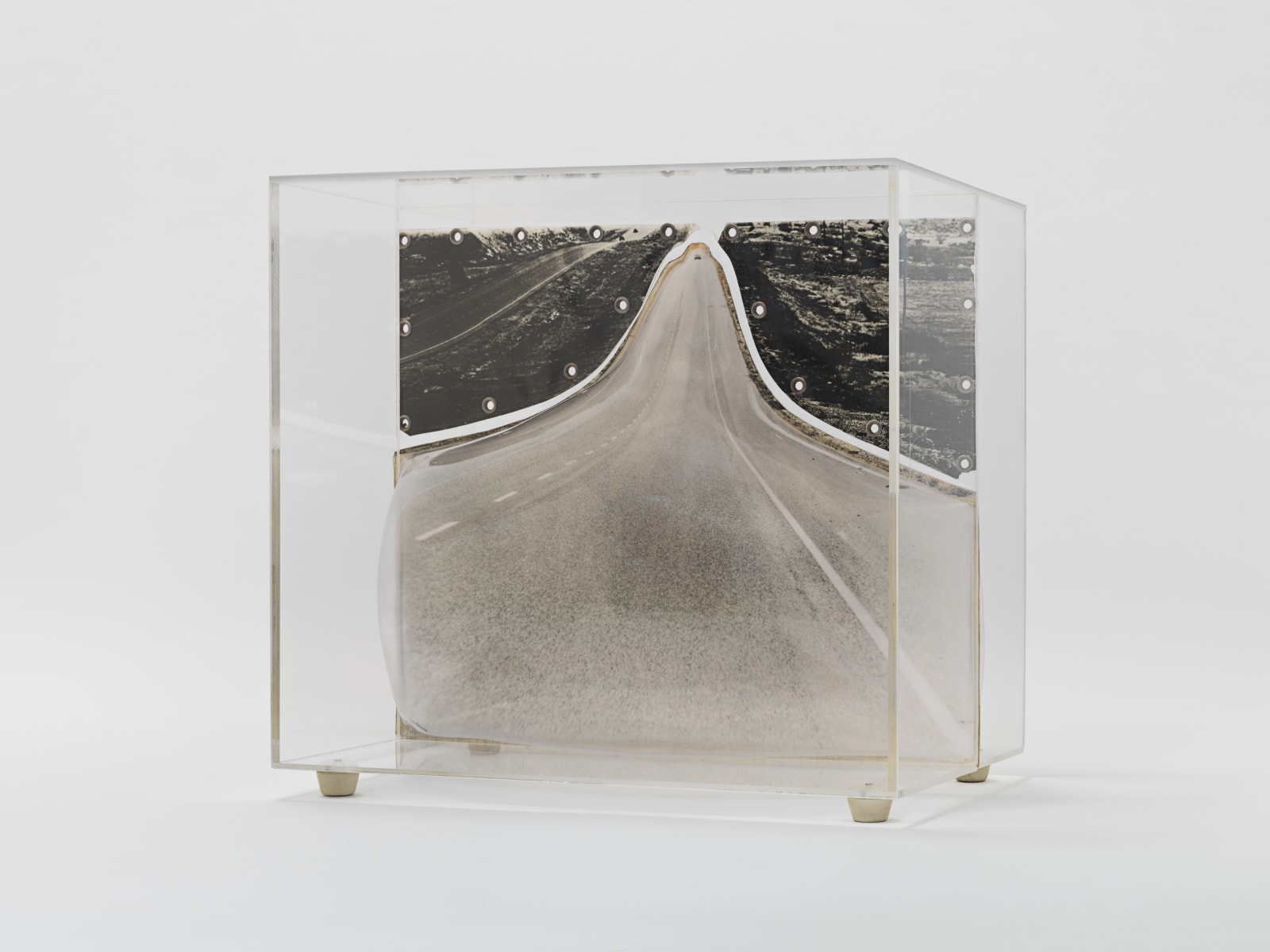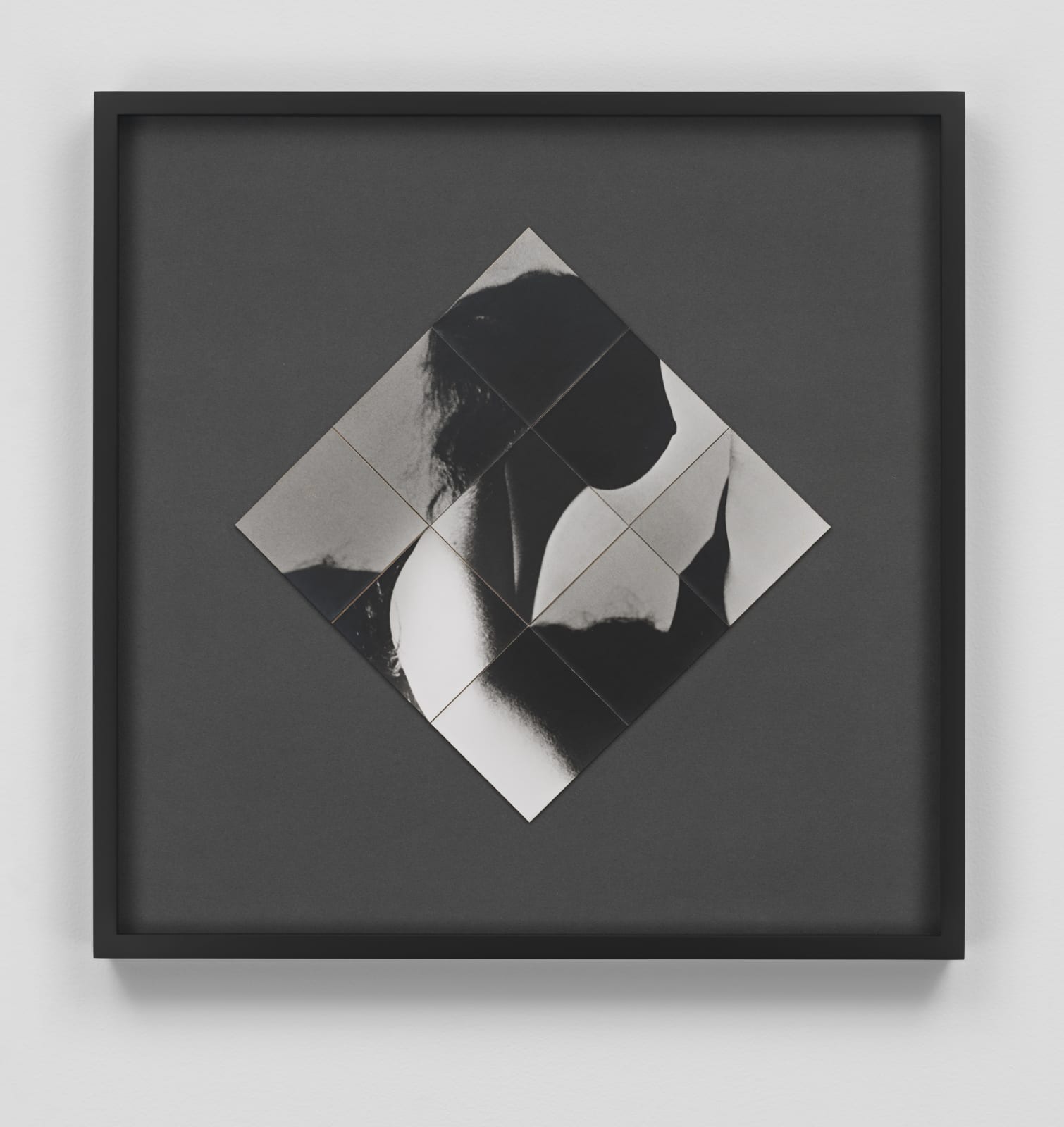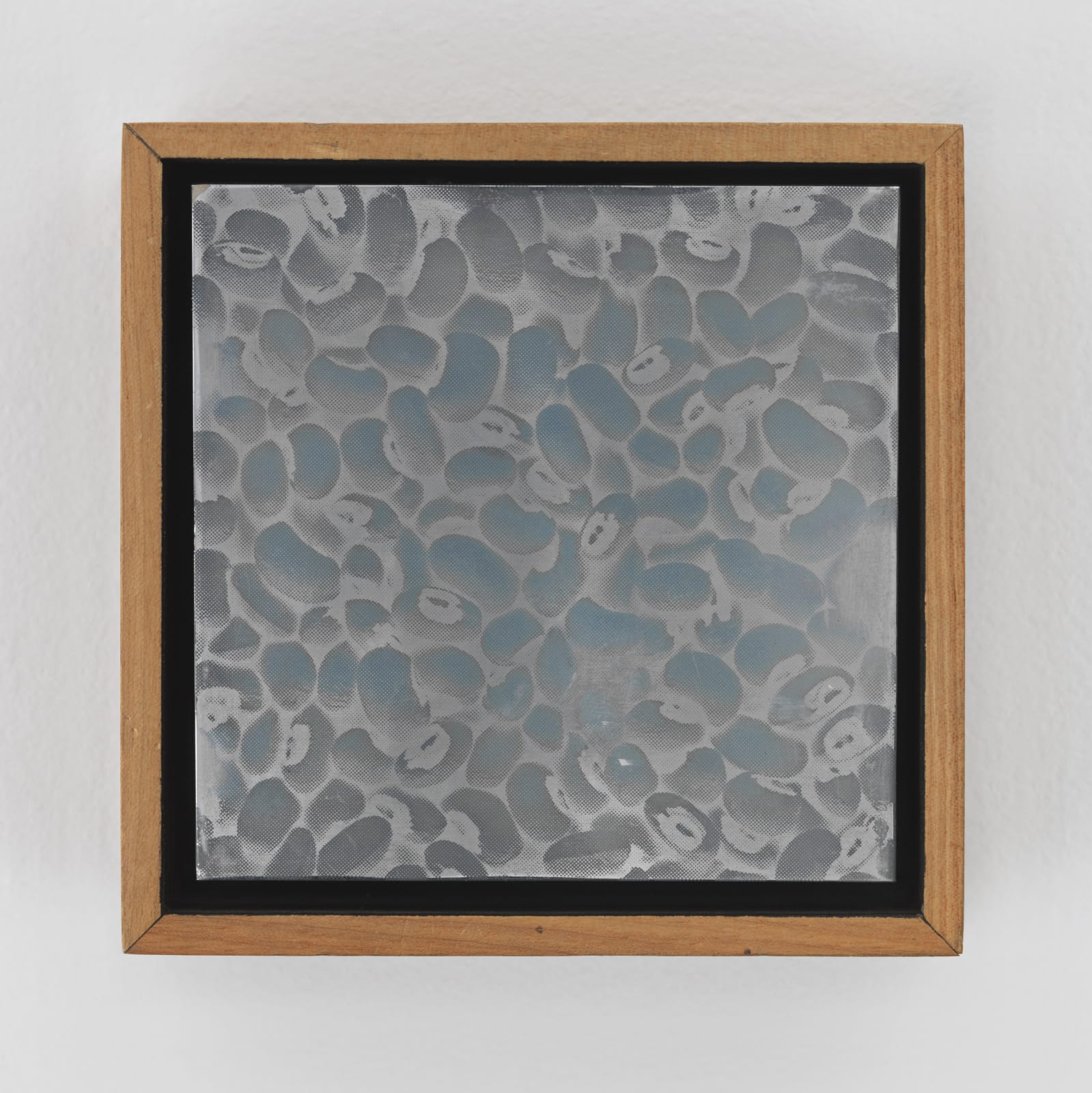Press Release:
Beginning 26 June, Hauser & Wirth will present ‘The Photographic Object, 1970’, an ambitious historical exhibition exploring the legacy of Peter Bunnell’s landmark 1970 show ‘Photography into Sculpture’, presented at the The Museum of Modern Art, New York. Recognized as the first comprehensive survey of photographically formed images used in a sculptural or fully dimensional manner, ‘Photography into Sculpture’ stands as one of the great contributions to the history of photography and continues to exert an influence upon contemporary practice. Bringing together a cross-section of artists from the United States and Canada, Bunnell’s exhibition encapsulated the radical gestures of late 1960s photographic practices, showcasing artists who were working at the vanguard of what was occurring socially, politically, and technologically.
At Hauser & Wirth, ‘The Photographic Object, 1970’ brings together a selection of rare works featured in Bunnell’s original exhibition with key substitutions and additions that critically reflect upon the time period and era. Conceived and organized with Olivier Renaud-Clément, ‘The Photographic Object, 1970’, will remain on view at Hauser & Wirth’s East 69th Street location through 25 July 2014.
‘The Photographic Object, 1970’ will be accompanied by a new publication, edited by Mary Statzer, University of Arizona and the University of California Press, with contributing essays by Eva Respini, Associate Curator, Department of Photography, The Museum of Modern Art, New York.
Peter Bunnell’s MoMA exhibition transpired when photography, as both a fine art discipline and as the subject of academic discourse, was only beginning to emerge across the United States. On the West Coast, and particularly in Southern California, artists worked in scattered communities and were empowered by a new sense of freedom. Liberated from art world structures and major cultural institutions, aesthetics were ripe and varied in a diverse creative environment that promoted artist interactions and the borrowing of ideas, processes, and materials. Presenting a selection of photo-based works that questioned and radically redefined the perception of photography’s material and spatial complexity, ‘The Photographic Object, 1970’ includes work by Los-Angeles artists Robert Heinecken, Richard Jackson, and Jerry McMillan, as well as works by the remarkable Fluxus artist Robert Watts and early Vancouver photo-conceptualists Michael de Courcy and Jack Dale.
Los Angeles artist Robert Heinecken was a pioneer of the postwar Los Angeles scene whose legacy is an enduring influence today. In 1964, he established the photography department at UCLA, the nation’s first and still among its most influential. Describing himself as a ‘paraphotographer’, because his work stood ‘beside’ or ‘beyond’ traditional ideas associated with photography, Heinecken explored multiple mediums, including photography, sculpture, video, printmaking and collage. On view at Hauser & Wirth, ‘Multiple Solution Puzzle’ (1965) is a seminal work in Heinecken’s early experimentations with photo-objects. Mounting photographs of body parts onto individual puzzle pieces, he engages viewers’ innate desire to construct a representational image, while simultaneously denying and truncating the existence of a single continuous picture.
For an artist like Richard Jackson, photography served as a material medium to conceptually explore and push the boundaries of conventional expression. Rather than printing photographic negatives, Jackson employed them as sculptural objects. In ‘Negative Numbers’ (1970 / 2011), film negatives are affixed to Plexiglas panels, positioned before two industrial light bulbs on a wooden table. Looking closely at the images, viewers detect a ghostly and indistinguishable body and a series of numbers, identified as the artist’s social security and military draft numbers.
At 24, Ellen Brooks was one of the youngest artists – and one of only two women, along with Bea Nettles – represented in Bunnell’s 1970 exhibition. A student of Heinecken, Brooks employed unorthodox materials in her photographic innovations, revealing a new concern and commitment to the physical object… ‘Flats: One Through Five’ (1969) depicts a cinematic sequence of a couple rolling in the grass.
As pluralist artistic practices spread up and down the West Coast, Canadians Jack Dale and Michael de Courcy developed conceptual approaches to the medium. Composed from photosensitized glass, Dale’s ‘Cubed Woman #3 a-b’ (1970) fragments and abstracts negative and positive images of the female form. A product of art and industry, de Courcy’s twelve-inch cardboard cubes are photographically printed with images of urban and rural environments. The act of randomly stacking these boxes at the time of installation decisively opens the work beyond formalist aesthetics to the notion of chance.
To the primarily West Coast roster of artists in his exhibition, Peter Bunnell also included New York-based Robert Watts, whose photographic experimentations reveal aspects of Fluxus and Pop Art. In ‘BLT’ (1965), Watts literally sandwiches a black and white photograph of bacon, lettuce, and tomato in a three-inch slab of crystal Lucite shaped like a slice of bread.
Seeking to engage viewers politically, Michael Stone introduced a participatory element to the photographic medium. Staged like a supermarket display, his ‘Channel 5 News KTLA Los Angeles, California USA: Tom Reddin’ (1970 – 2011) offers viewers photographic images of media news packaged within inflated vinyl bags as commodities for sale. Carl Cheng similarly made extensive use of high-tech plastic material to create vacuum molded photo-objects. In his ‘U.N. of C.’ (1967), the yellow bear, the symbol of California, serves as political satire of the racial and ethnic tensions prevalent throughout the state The twenty-three young artists selected for inclusion in Peter Bunnell’s exhibition ‘Photography into Sculpture’ represented an invigorating shift in photographic practices. For its early and revolutionary re-examination of the medium, it is one of the most important travelling exhibitions of the decade that gave national exposure to photography as an innovative contemporary art practice and exposed, for the first time, an alternative narrative in the history of photography. Today, its resonance with contemporary practices only attests to Bunnell’s declaration that ‘the vitality of this work, and the delightful anxiety with which many have responded to it indicates that this provocative direction has by no means reached the zenith of its significance’.
‘Photography into Sculpture’ opened at the The Museum of Modern Art, New York NY in 1970 and travelled for the following two years to the Krannert Art Museum, Champaign IL; Menil Collection, Houston TX; Fort Worth The Museum of Modern Art, Fort Worth TX; Vancouver Art Gallery, Vancouver, Canada; Virginia Museum of Fine Arts, Richmond VA; Phoenix Art Museum, Phoenix AZ; San Francisco The Museum of Modern Art, San Francisco CA, and Otis College of Art and Design, Los Angeles CA.
